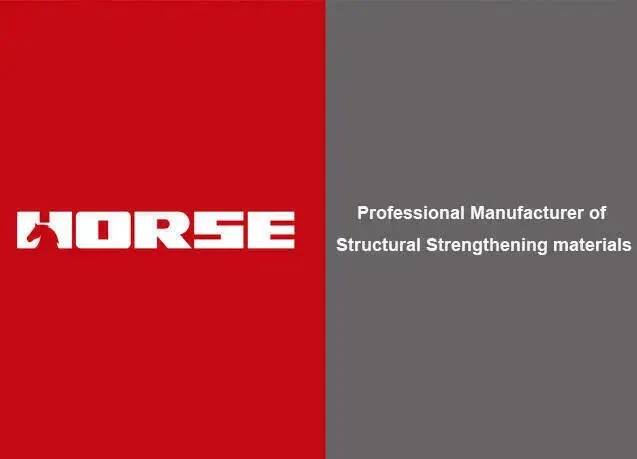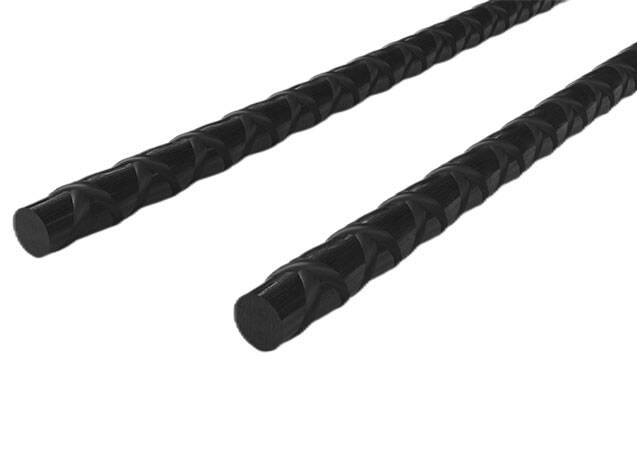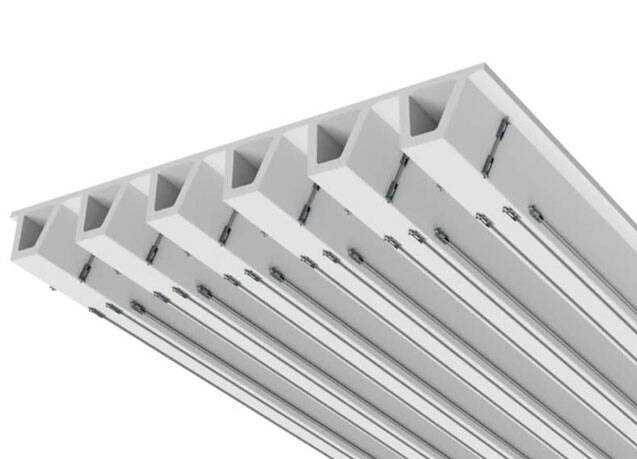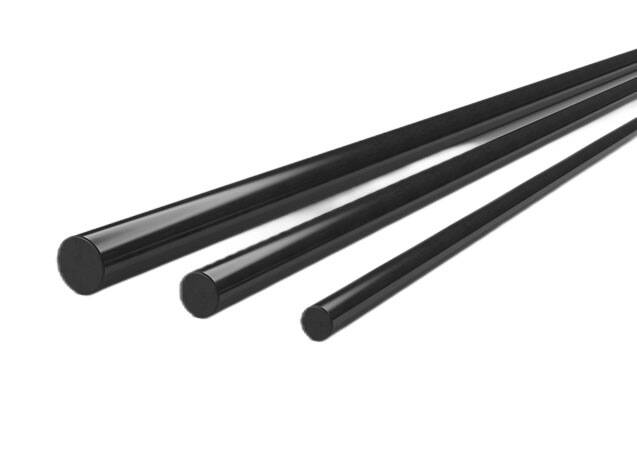* High strength, toughness, and modulus, tensile strength is 1.5~2 times higher than steel rebar
* High strength, toughness, and modulus, tensile strength is 1.5~2 times higher than steel rebar
strengthening of surfaces that could be subject to abrasive or mechanical damage, such as parking decks, slabs and walkways
strengthening of surfaces that could be subject to abrasive or mechanical damage, such as parking decks, slabs and walkways
Setting Out:
Setting Out:
Documents

Documents

Why Use Carbon Fiber Rebar
* Extend the service life and durability of a concrete structure
* Flexible and lightweight for easy installation
* Long shelf life and resistance to aging
* High temperature resistance
* Resistant to acid, alkali, and salt
* Seismic resistance
* Environmentally friendly
* Suitable for shear, confinement, and flexural strengthening
* Non-corrosive and rust-resistant making it the perfect solution against deicing salts and marine salts in aggressively corrosive environments
* Improve mechanical and fatigue behavior of the concrete structure which makes it suitable for cyclic loading situations like roads and bridges
Why Use Carbon Fiber Rebar
* Extend the service life and durability of a concrete structure
* Flexible and lightweight for easy installation
* Long shelf life and resistance to aging
* High temperature resistance
* Resistant to acid, alkali, and salt
* Seismic resistance
* Environmentally friendly
* Suitable for shear, confinement, and flexural strengthening
* Non-corrosive and rust-resistant making it the perfect solution against deicing salts and marine salts in aggressively corrosive environments
* Improve mechanical and fatigue behavior of the concrete structure which makes it suitable for cyclic loading situations like roads and bridges


Application Range of CFRP Rod

Application Range of CFRP Rod

How to Use CFRP Rebar
* Follow the design specifications for proper positioning.
Surface Preparation:
* Polish the concrete surface to remove any paint and use compressed air to blow away any floating dust.
Ingredient Preparation:
* Thoroughly mix components A and B in the packaging bucket, ensuring a weight ratio of A:B = 2:1.
Installation:
* Apply the mixed glue compound evenly onto the surface of the carbon fiber rebar, taking care to avoid the formation of bubbles.
Anchoring:
* Place the carbon fiber rebar onto the concrete surface and secure it with a steel strip.
* Remove any excess glue compound and use a steel framework for additional reinforcement.
Maintenance
How to Use CFRP Rebar
* Follow the design specifications for proper positioning.
Surface Preparation:
* Polish the concrete surface to remove any paint and use compressed air to blow away any floating dust.
Ingredient Preparation:
* Thoroughly mix components A and B in the packaging bucket, ensuring a weight ratio of A:B = 2:1.
Installation:
* Apply the mixed glue compound evenly onto the surface of the carbon fiber rebar, taking care to avoid the formation of bubbles.
Anchoring:
* Place the carbon fiber rebar onto the concrete surface and secure it with a steel strip.
* Remove any excess glue compound and use a steel framework for additional reinforcement.
Maintenance




Setting Out:
* Follow the design specifications for proper positioning.
Surface Preparation:
* Polish the concrete surface to remove any paint and use compressed air to blow away any floating dust.
Ingredient Preparation:
* Thoroughly mix components A and B in the packaging bucket, ensuring a weight ratio of A:B = 2:1.
Installation:
* Apply the mixed glue compound evenly onto the surface of the carbon fiber rebar, taking care to avoid the formation of bubbles.
Anchoring:
* Place the carbon fiber rebar onto the concrete surface and secure it with a steel strip.
* Remove any excess glue compound and use a steel framework for additional reinforcement.
Maintenance: